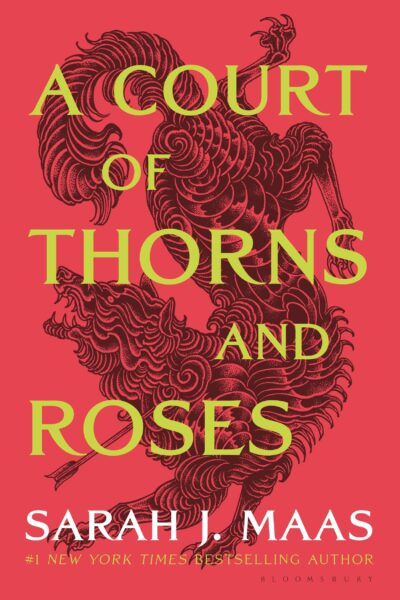Chapter 16: Trust and Secrets
byChapter 16 begins with the protagonist indulging in a rare moment of tranquility, the warmth of the fire casting a comforting glow over her room. After a long, soothing bath, she sits before the hearth, allowing Alis to gently brush her damp hair. The quiet is further enriched by the molten chocolate Alis serves, its rich and exquisite taste momentarily transporting the protagonist away from her worries, a small yet significant comfort in a world brimming with uncertainty.
This peaceful interlude gives way to a discussion that pulls her back to reality, as the topic turns to the increasing faerie attacks and the looming shadow of conflict. The protagonist, her thoughts straying to her family in the human world, expresses concern for their safety amidst the growing chaos. Alis, ever pragmatic, warns her against dwelling on such fears, instead recounting her own story of loss—her nephews, precious beyond measure, now the sole focus of her life. Through Alis’s words, the protagonist gains a glimpse into the faerie realm’s complex and fragile existence, where children are both rare and fiercely cherished.
Pondering Alis’s tale, the protagonist considers the possibility of warning her family, torn between her desire to protect them and the limitations of her current reality. Her curiosity about the faeries’ aging process leads to further insights from Alis, who explains the slow passage of time for faeries and the unique value placed on their young. Alis, however, advises her to trust Tamlin, emphasizing his unparalleled ability to address the dangers that threaten both their worlds. This trust, Alis insists, is crucial, though it does little to quell the protagonist’s growing unease.
The conversation shifts, touching upon the protagonist’s naïve attempts to unravel the intricate web of faerie politics. Alis, firm yet patient, reprimands her for her recklessness, pointing out the futility of navigating such affairs without understanding the nuances that govern them. The protagonist’s frustration is evident, yet Alis’s words carry a hard truth that leaves her pondering her own limitations within this enigmatic world.
Dinner brings a change of atmosphere, though not without its own revelations. Lucien, with his sharp tongue and quick wit, engages her in a banter that veils deeper truths about faerie nature. It is during this exchange that the protagonist learns an unsettling fact: contrary to what she had believed, faeries can indeed lie. This revelation forces her to reevaluate everything she has been told since her arrival, casting doubt over the authenticity of Tamlin’s assurances and the trust she has cautiously begun to place in him.
In the midst of these revelations, Tamlin reassures her that her family is safe, their memories altered to shield them from the truth of her situation. While his protective measures offer some solace, the protagonist cannot ignore the manipulative nature of faerie magic, which blurs the lines between protection and control. This knowledge adds another layer of complexity to her relationship with Tamlin, one that straddles the fine line between gratitude and mistrust.
The chapter closes with a moment of quiet vulnerability between the protagonist and Tamlin. As their conversation touches upon family, sacrifice, and the fragile alliances between faeries and humans, a deeper connection begins to form. The protagonist, emboldened by this newfound understanding, makes a simple yet poignant request: painting supplies.
This request, seemingly minor, carries significant weight, symbolizing her desire to find solace and expression in a world that often feels alien and overwhelming. Through art, she seeks a means of reclaiming a part of herself, a way to navigate her emotions amidst the chaos of her surroundings. It marks a small but vital step toward embracing her life among the faeries, a gesture of adaptation and resilience in the face of uncertainty.
Chapter 16 masterfully intertwines moments of peace and tension, offering a window into the protagonist’s internal struggles and the complex dynamics of the faerie realm. Themes of trust, vulnerability, and self-discovery permeate the narrative, laying the groundwork for growth and connection amidst the looming threats that cast their shadow over the story.


